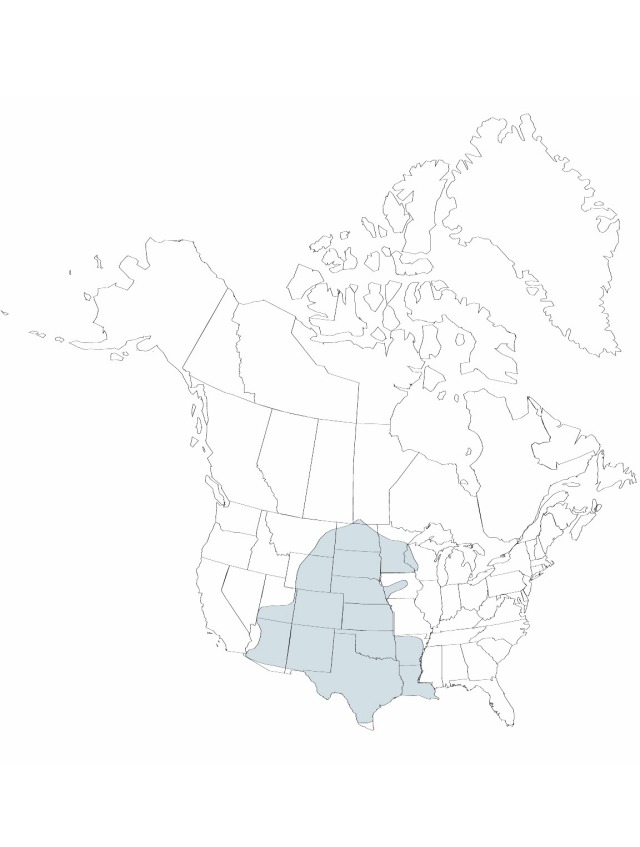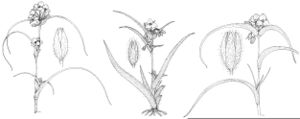Difference between revisions of "Tradescantia occidentalis var. occidentalis"
Treatment appears in FNA Volume 22.
FNA>Volume Importer |
FNA>Volume Importer |
||
| Line 40: | Line 40: | ||
|publication year= | |publication year= | ||
|special status= | |special status= | ||
| − | |source xml=https://jpend@bitbucket.org/aafc-mbb/fna-data-curation.git/src/ | + | |source xml=https://jpend@bitbucket.org/aafc-mbb/fna-data-curation.git/src/f6b125a955440c0872999024f038d74684f65921/coarse_grained_fna_xml/V22/V22_307.xml |
|genus=Tradescantia | |genus=Tradescantia | ||
|species=Tradescantia occidentalis | |species=Tradescantia occidentalis | ||
Revision as of 19:02, 24 September 2019
Stems 5–90 cm. Leaves: blade 5–50 × 0.2–3 cm. Flowers: pedicels 0.8–3 cm, glandular-puberulent, rarely nearly glabrous; sepals 4–11 mm, glandular-puberulent, rarely nearly glabrous; petals bright blue to rose or magenta, 1.2–1.6 cm. 2n = 12, 24.
Phenology: Flowering spring–summer (Mar–Jul).
Habitat: Prairies, plains, fields, thickets, woods, roadsides, and along railroads, mostly in sandy or rocky soils
Distribution

Man., Ariz., Ark., Colo., Iowa, Kans., La., Minn., Mont., Nebr., N.Mex., N.Dak., Okla., S.Dak., Tex., Utah, Wis., Wyo.
Discussion
Selected References
None.
Lower Taxa
None.
... more about "Tradescantia occidentalis var. occidentalis"
